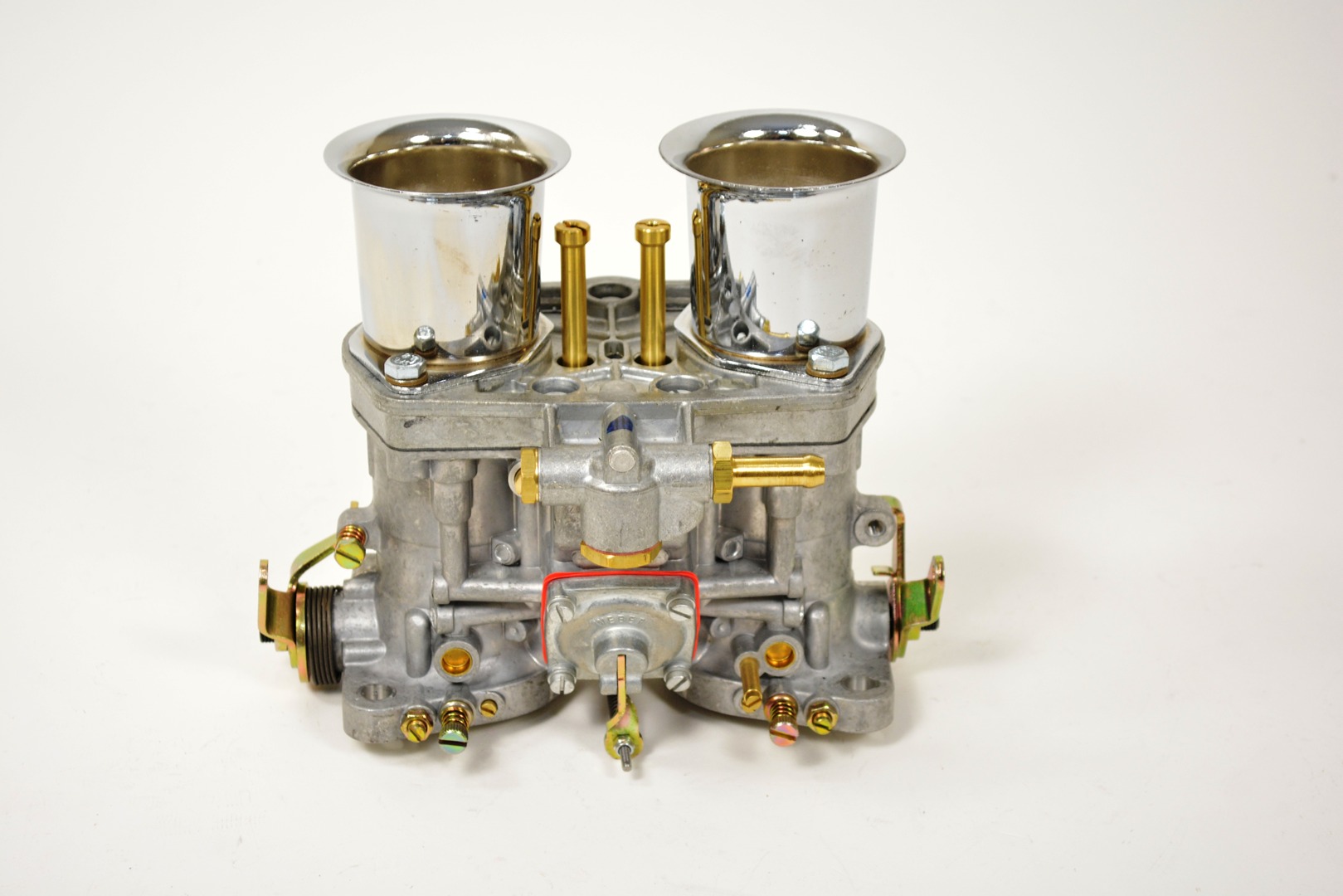There are a lot of things in this world I don’t understand. Things like the socio-economic inequality in post-Marxist South American countries, why microwave ovens are suddenly able to work with metal inside, and the Weber 45 DCOE carburetor. So far in life all of these things (and much more) have escaped my mental grasp. Imagine my dread, then, when the carbs on my vintage stead started acting up. The previous owner gleefully informed me that the dual Webers had needed a rebuild for some time now. Oh joy.
Now I love vintage vehicles because I’m interested in being able to repair them myself. In fact, having absolutely zero motorcycle experience, I bought myself an old Kawasaki to rebuild just to learn the basics of engine design and functionality. I’ve even rebuilt the bike’s 4 Mikuni carbs and can have them off, jets changed, and the carbs back on the bike in 10 minutes. Yes, I’ve timed it.
None of that, however, prepared me for the labyrinthine mess that is the Weber side-draft. There are adjustment screws all over this thing, the main jets are exposed by loosening a simple wing nut, and there’s something called an “auxiliary venturi.” But after investigating Weber rebuild services and realizing that my spending habits make Scrooge look like a Kardashian at a Louis Vuitton counter, this rebuild had to happen by my hands, venturis be damned. So with an exploded diagram on my iPad, a shiny-new book on Weber rebuilding and tuning, and a toolbox full of enthusiasm, I got to it. And wouldn’t you know, it was not that hard.
Like just about any time I open the hood, rebuilding my carbs taught me something. A few things actually. Little things like the fact that a dinner placemat makes a great rebuilding surface and that you can never use too much carb cleaner. It taught me big, important lessons too. First and foremost is to just jump right in and tackle a daunting project. There is only so much reading you can do to prepare yourself before you have to give it a go yourself. You can read all you want about traffic laws and automobile mechanics but you still don’t know anything until you actually start driving on the road. Get your hands dirty and learn something. Life-affirming lesson learned then.
Another thing learned, and I seem to learn it repeatedly, is that I don’t need an ASE expert to work on my car. I can do this. This entire world, complicated 1970’s European sedans included, was built by humans for humans. Weber carbs may seem completely alien and foreign when compared to other auto components but they still work on the same basic principles as every other part of your vehicle. With a couple of wrenches, a screwdriver, and a toothbrush I was able to tear down my carbs to nothing but the aluminum “chassis”, and then build them back up again even faster.
The final lesson is that it’s always someone’s first time. Simple (illustrated!) books guide you step-by-step. Diagrams show you the big picture. The online forum community is eager to help you learn. All these facets come together to form a kind of mental safety net that can make even the most daunting project seem like a middle school science experiment. It might not be smooth, things may go wrong for a bit, but eventually with some help you figure it all out and learn something. Now when I open my hood and see those now sparkling side-drafts peering back at me, it’s as if there is one less area of mystery to me. I’ve learned a little bit more about my car and myself. And really, what else is there to learn?


